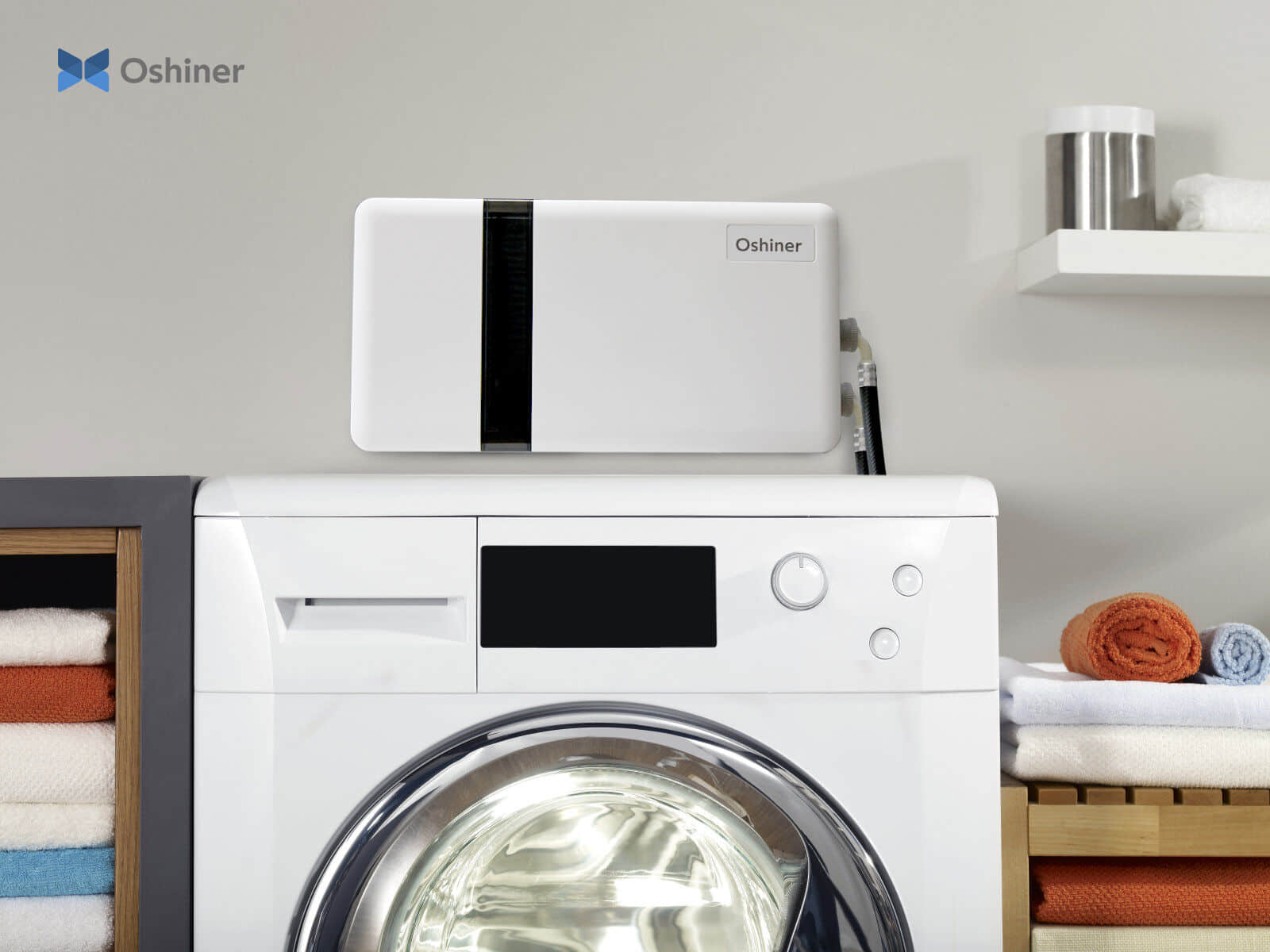What is ozone water? Simply put, ozone water is a solution formed by dissolving ozone gas in water. Because of its powerful oxidising properties, ozone is widely used in many fields as it effectively kills bacteria, viruses and other micro-organisms. At the same time, because of its instability, it decomposes into oxygen very quickly after disinfection, leaving no harmful residue, which provides a guarantee for its safety. Therefore we answer here: ozone water is very safe.
Very safe for human health:
- Rapid decomposition, no harmful residues
Ozone water decomposes quickly into oxygen after use, so it does not accumulate in the body or cause chronic exposure problems. Ozone decomposes in the air at room temperature and pressure, with a half-life of about 15-30 min, while its decomposition in water is much faster than in air, and the by-products of decomposition are mainly hydroxide and oxygen, which will not leave any residue.
- Easy to control
Modern ozone water treatment systems usually use automated control technology, which can accurately control the concentration of ozone and contact time, to achieve automatic control and monitoring of the entire treatment process, to prevent possible negative effects and reduce the risk of human operation.
- Enhancement of the human immune system
From a health perspective, ozone water strengthens the body’s immune system, reduces acute inflammation and clears viruses immediately after exposure. At the same time, ozone water helps break down synthetic chemicals, purifies the blood of harmful cells, slows the growth of tumours while potentially reducing cancer cells, and promotes brain function.
- Safety standards
There are strict national standards for the concentration of ozone water, such as in the treatment of drinking water, the recommended amount of ozone added is 0.5-1mg/L. For more seriously polluted drinking water, the amount of ozone can be increased to 3-6 mg/L, but this concentration is still far below the threshold of concentration harmful to the human body. The concentration of our ozone water treatment products is 0.5-1mg/L, so it is very safe.
Very safe for the natural environment
- Rapid decomposition, no pollution
Due to the rapid decomposition characteristics, ozone water will not produce long-term pollution in the environment. After treatment with ozone water, the ozone will quickly decompose into oxygen, leaving no harmful by-products or residues and no secondary pollution to the environment. Most ozone water treatment now replaces traditional chemical disinfectants, reducing many potential environmental risks.
- Improvement of water quality
Ozone water effectively removes organic matter and pathogens from water, improving the quality of natural water bodies and drinking water. Municipal water supply systems use ozone water for sterilisation and disinfection to provide safe drinking water to the public. In addition, ozone water can be used in wastewater treatment to help reduce the environmental impact of industrial discharges.
- Maintaining natural ecological balance
Ozone water treatment can remove odours and impurities in the water, inhibit the growth of harmful microorganisms and improve water quality, which has a positive effect on the protection of aquatic organisms and the maintenance of ecological balance. According to the survey, many zoos, botanical gardens, ecological gardens are now using ozone water treatment equipment.
4.Air Purification
Ozone water can effectively deodorise, sterilize and improve air quality, providing a healthier and fresher living environment. Studies have shown that common bacteria such as Escherichia coli, Staphylococcus aureus, etc., can be killed by more than 99 per cent within 15 minutes in an ozone environment.
Ozone water has been widely used in water treatment, air purification, food processing and many other fields since the middle of the 19th century, and its safety and effectiveness have been verified by long-term practice. With the continuous progress and innovation of technology, now the ozone water treatment equipment is more intelligent, efficient and environmentally friendly. In all aspects of our life have its figure appear, living room, kitchen, toilet, etc., at all times for our health and safety escort.
In conclusion, ozone water, as a safe and efficient environmental technology, will continue to play an important role in the future. We are expected to make better use of this technology and make greater contributions to human health and the protection of the ecological environment.



